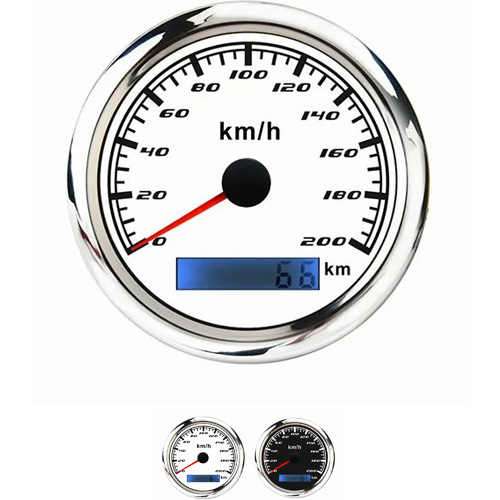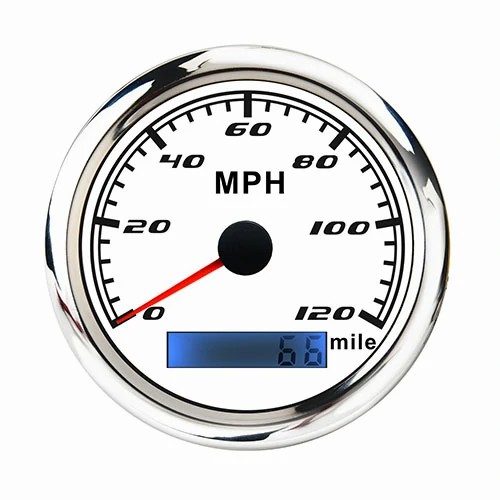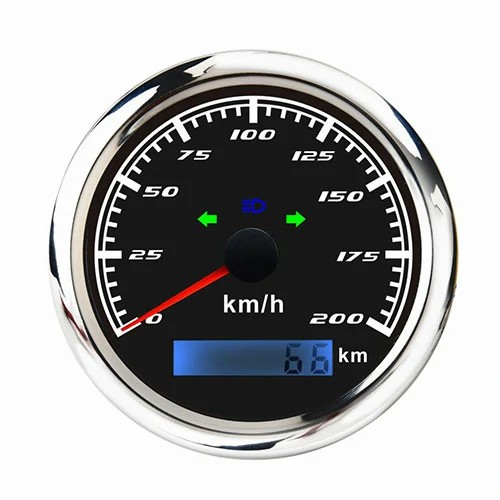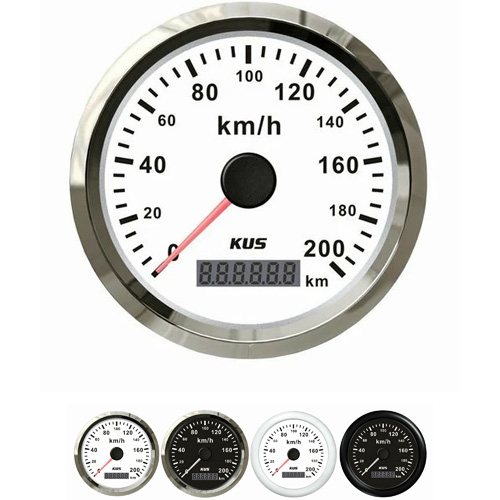what does a speedometer measure
Measuring principle of speedometer error the measurement of speedometer error shall be carried out on a roller speedometer test-bed. The wheels of the measured vehicle shall be placed on the roller to rotate to simulate the driving state of the vehicle on the road. During measurement, the measured wheel drives the drum to rotate or the drum drives the wheel to rotate. A speed sensor (speed measuring generator) is installed at the end of the drum. The speed of the speed measuring generator increases with the increase of the drum speed, and the speed of the drum is directly proportional to the vehicle speed. Therefore, the voltage sent by the speed measuring generator is also directly proportional to the vehicle speed. The relationship between the linear speed, circumference and speed of the drum can be expressed by the following formula: where V - the linear speed of the drum, km / h; L - circumference of drum, mm; N -- rotating speed of drum, R / min. Because the linear speed of the wheel is equal to the linear speed of the drum, the above calculated value is the actual vehicle speed value, which is displayed by the speed indicator on the speedometer test-bed, which is called the test-bed indication value. While the wheel rotates on the drum, the speedometer in the cab also displays the speed value, which is called the indicated value of the speedometer. By comparing the indicated value of the test-bed with the indicated value of the speedometer, the indication error of the speedometer can be obtained.
The rotor of the speedometer (with multiple convex teeth on it) is fixed on the main shaft of the transmission and rotates together with it. Whenever a convex tooth turns over the probe of the electronic speedometer sensor, the sensor will output a low-level pulse signal and make a turn 8 signals will be output;
According to this pulse frequency, the angular velocity of the output spindle of the transmission can be calculated, and then the radius of the wheels can be combined to calculate the current linear velocity of the vehicle.
 English
English 






Get a Quote / Info